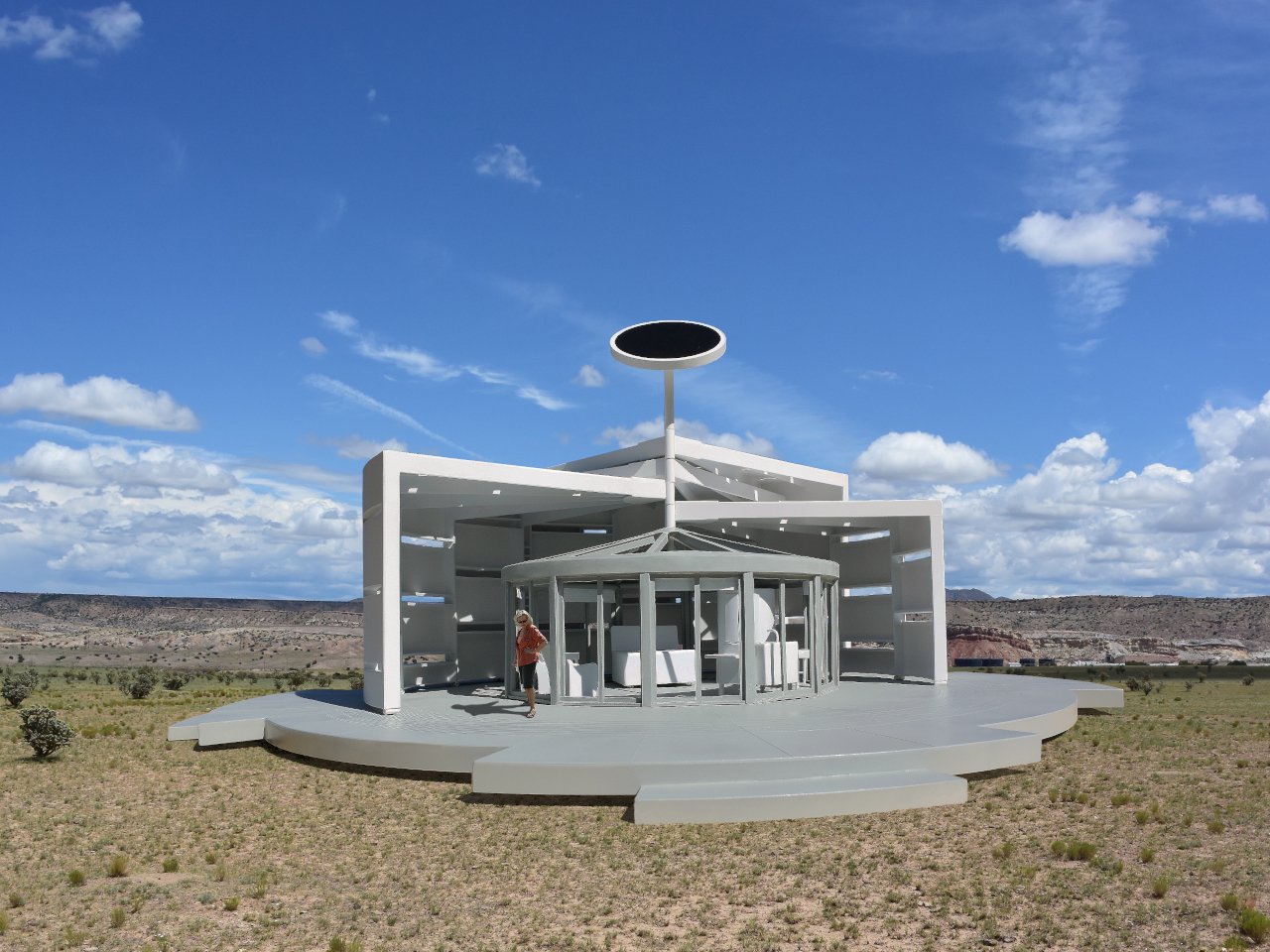Most of us have fantasized about the perfect home at some point, but those dreams usually involve bigger kitchens or better views rather than fundamentally rethinking what a house can actually do. The Rotating Interactive Radius House by Michael Jantzen takes that fantasy and spins it into something genuinely revolutionary. This isn’t just another architectural concept that looks impressive in renderings but falls apart in real life.
Traditional homes are essentially static boxes that force us to work around their limitations rather than adapting to our needs. You get morning sun in the kitchen whether you want it or not, and that perfect sunset view might be blocked by the neighbor’s garage. Most houses are designed once and stay that way forever, which seems almost absurd when you think about how much our daily routines and preferences actually change.
Designer: Michael Jantzen
The Rotating Interactive Radius House flips this entire premise on its head with an elegantly simple solution. The design features curved panels that move around a central twenty-foot diameter glass and steel cylindrical structure, all secured to a large circular wooden deck. The curved panels slide along steel tracks, allowing residents to reconfigure their living space by simply pushing the panels into different positions around the central core.
What makes this concept particularly clever is how it transforms the relationship between indoor and outdoor spaces. Rather than being stuck with whatever orientation the original builder chose, residents can actively curate their environment throughout the day. The house becomes a tool for enhancing daily life rather than just sheltering it, turning something as mundane as adjusting for sunlight into an interactive experience.
Living in a house that literally moves with your moods sounds like science fiction, but the mechanics are surprisingly straightforward. The curved panels can be locked into position once you find the perfect configuration, while the central glass structure houses all the essentials including a bed, chairs, tables, food preparation area, and bathroom. You could reconfigure the panels to create privacy in the morning, open everything up for afternoon breezes, then adjust again for evening relaxation.
Jantzen’s vision goes beyond mere novelty to address something fundamental about how we interact with our living spaces. His approach to kinetic architecture suggests that homes should be as dynamic and adaptable as the people who inhabit them. The Rotating Interactive Radius House represents a broader movement toward modular, responsive design that puts user experience at the center of architectural thinking.
This kind of experimental architecture challenges every assumption we make about what houses should be and do. While most of us will probably never live in a rotating house, concepts like this push the boundaries of possibility and inspire more conventional builders to think creatively about flexibility and user control.
The Rotating Interactive Radius House proves that sometimes the most profound innovations come from asking the simplest questions. Why should our homes be static when our lives are constantly changing? Why accept limitations when technology can eliminate them? The answer, apparently, is that we shouldn’t, and the future of living spaces might be more dynamic than we ever imagined.
The post Rotating Interactive Radius House Spins a New Vision for Adaptable Living first appeared on Yanko Design.

